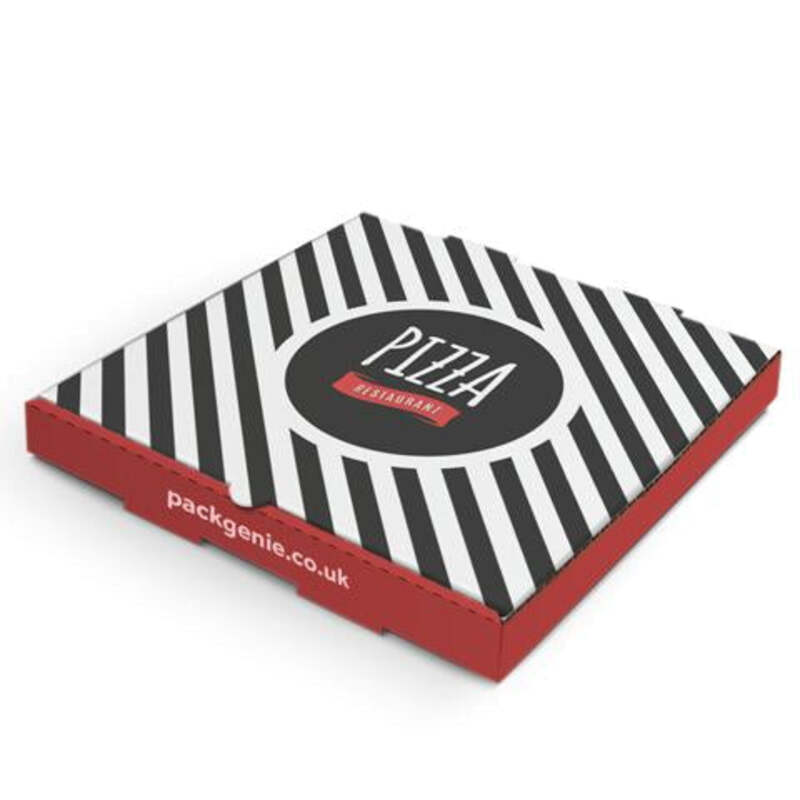The Importance of Packing Foam in Modern Packaging Solutions
In an increasingly consumer-driven world, the significance of effective packaging cannot be overstated. One of the unsung heroes in this domain is packing foam. Often overlooked, packing foam plays a critical role in ensuring the safety and integrity of products during transit. As e-commerce continues to flourish, understanding the importance, types, and benefits of packing foam becomes essential for businesses and consumers alike.
Understanding Packing Foam
Packing foam is a versatile material designed to absorb shock and provide cushioning for fragile items. It is made from a variety of polymers, primarily polyethylene, polyurethane, and expanded polystyrene (EPS). Each type of foam has unique properties that make it suitable for different applications. For example, polyethylene foam is lightweight, durable, and moisture-resistant, making it ideal for electronic products. On the other hand, polyurethane foam is often used for items requiring a higher degree of cushioning, such as glassware or ceramics.
Types of Packing Foam
There are several types of packing foam available on the market, each with specific characteristics and advantages
1. Foam Sheets These are flat pieces of foam that can be cut to size. They are versatile and can be used to wrap items or line boxes.
3. Foam Inserts Custom-fitted inserts are designed to hold specific items securely in place, often used in shipping delicate electronics or medical equipment.
4. Peanuts and Loose Fill These are small foam pieces that fill empty spaces in boxes, preventing items from shifting during transit.
packing foam

5. Bubble Wrap While not traditional foam, bubble wrap serves a similar purpose, providing cushioning through air-filled bubbles.
Each type of packing foam has its advantages depending on the product being shipped and the level of protection required.
Benefits of Packing Foam
1. Impact Protection Packing foam is designed to absorb shocks and vibrations, protecting items from potential damage during transportation. This is especially important for fragile or sensitive products.
2. Lightweight Compared to other packaging materials, packing foam is lightweight, which helps reduce shipping costs without compromising on safety.
3. Customizability Businesses can choose from various shapes, sizes, and densities of foam to suit their specific needs, ensuring optimum protection for their products.
4. Recyclability Many types of packing foam are recyclable, presenting an eco-friendly option for businesses and consumers looking to minimize their environmental impact.
5. Moisture Resistance Certain foams offer resistance to moisture, providing an added layer of protection against humidity and water damage.
Conclusion
In the realm of packaging, packing foam is an invaluable resource that ensures products reach their destinations safely and intact. As online shopping continues to rise, the reliance on effective cushioning solutions like packing foam becomes ever more critical. Businesses that recognize the importance of using the right packing materials can enhance customer satisfaction, reduce the likelihood of returns due to damage, and ultimately foster brand loyalty. For consumers, understanding the various types of packing foam can empower them to make informed choices about the products they purchase and the environmental implications of their packaging. In summary, packing foam is not just a protective material; it is an essential component of modern logistics and consumer satisfaction.



